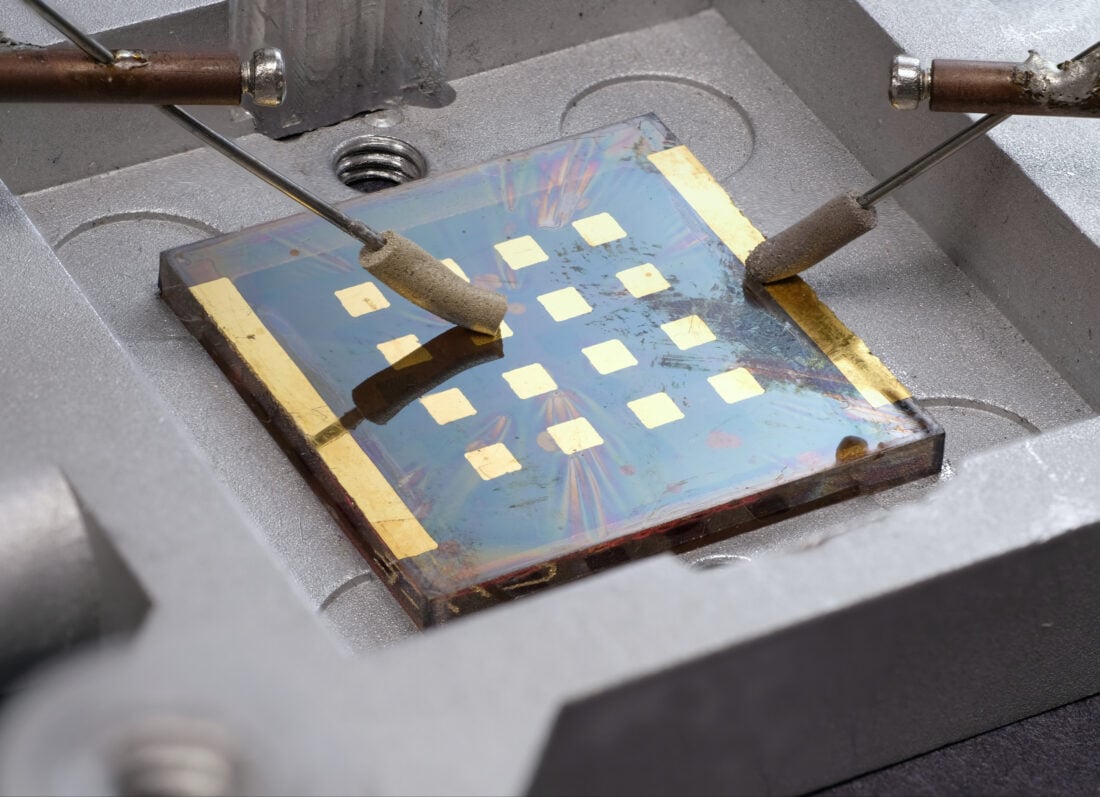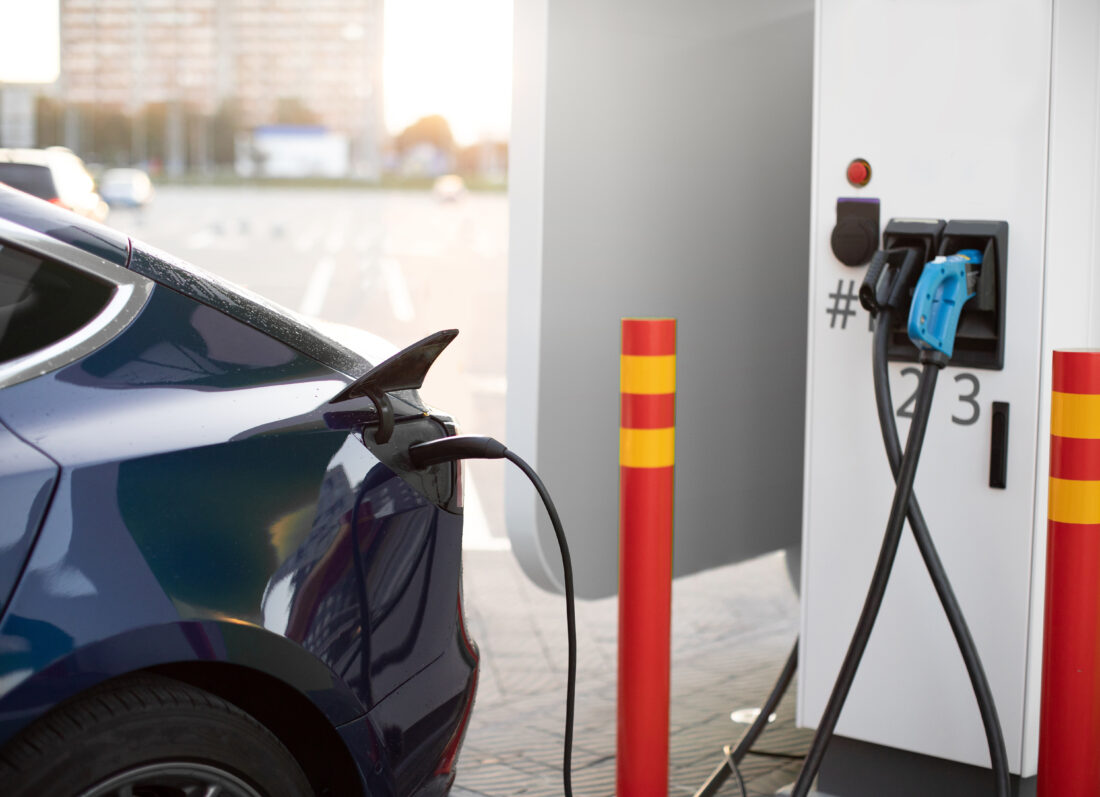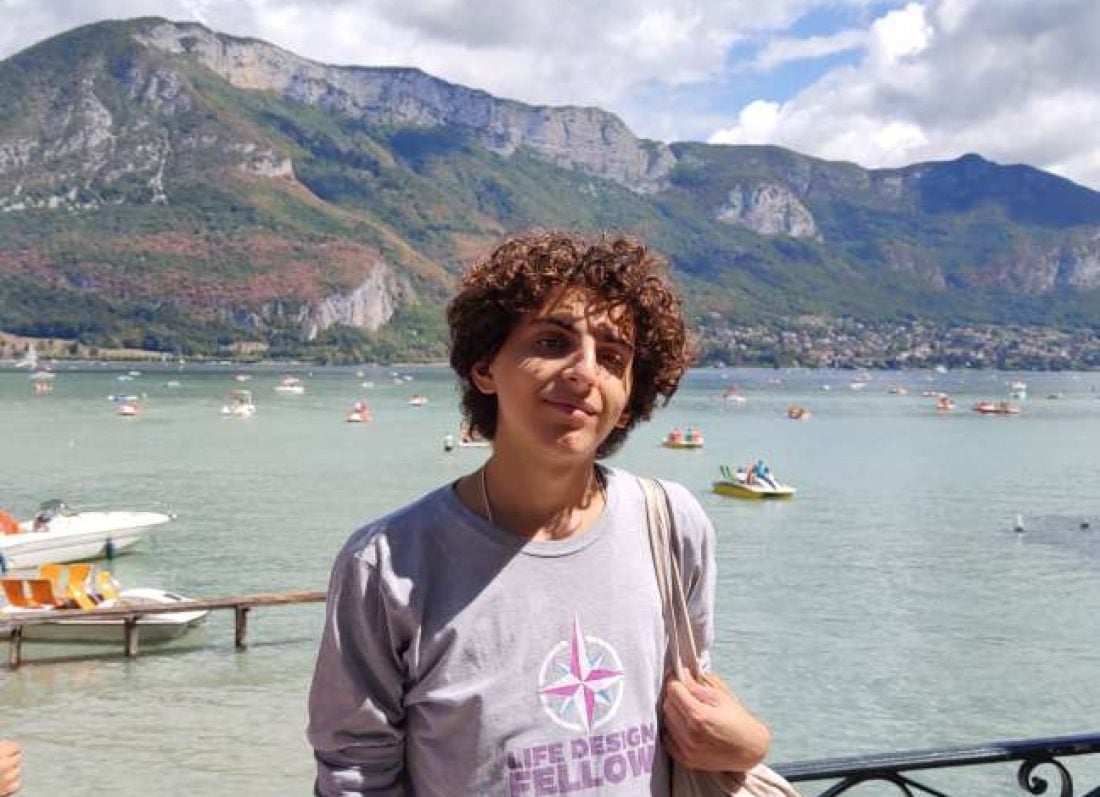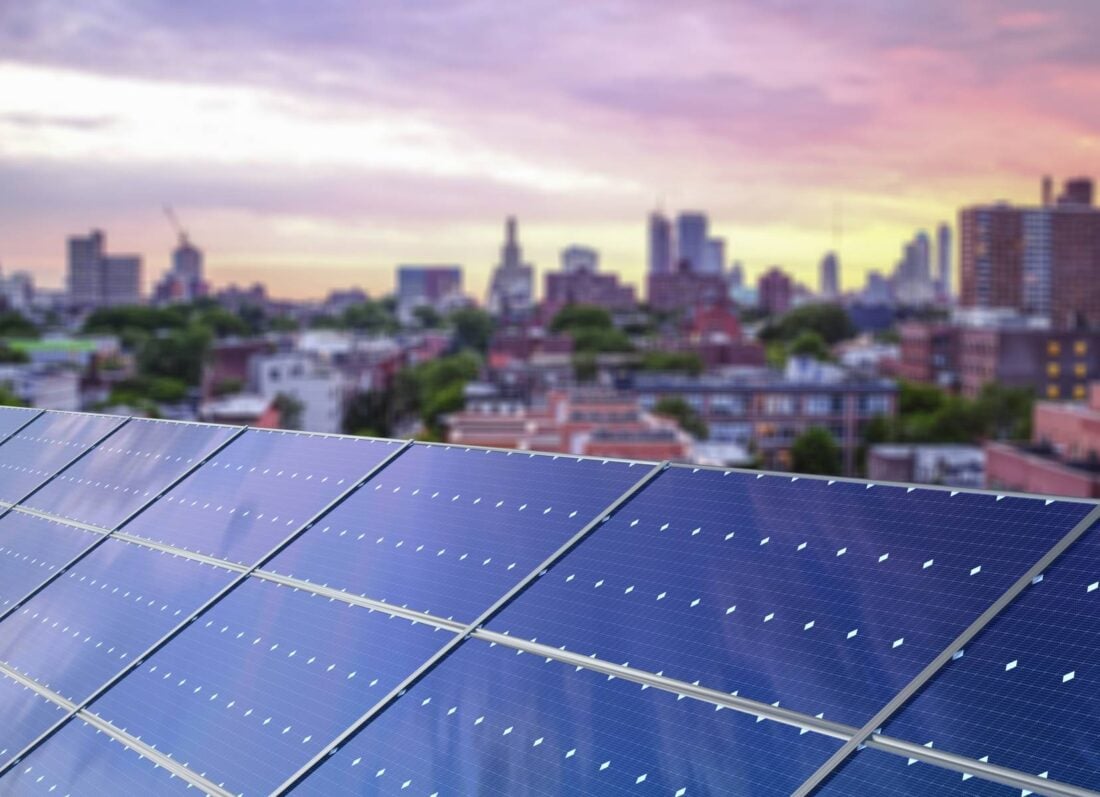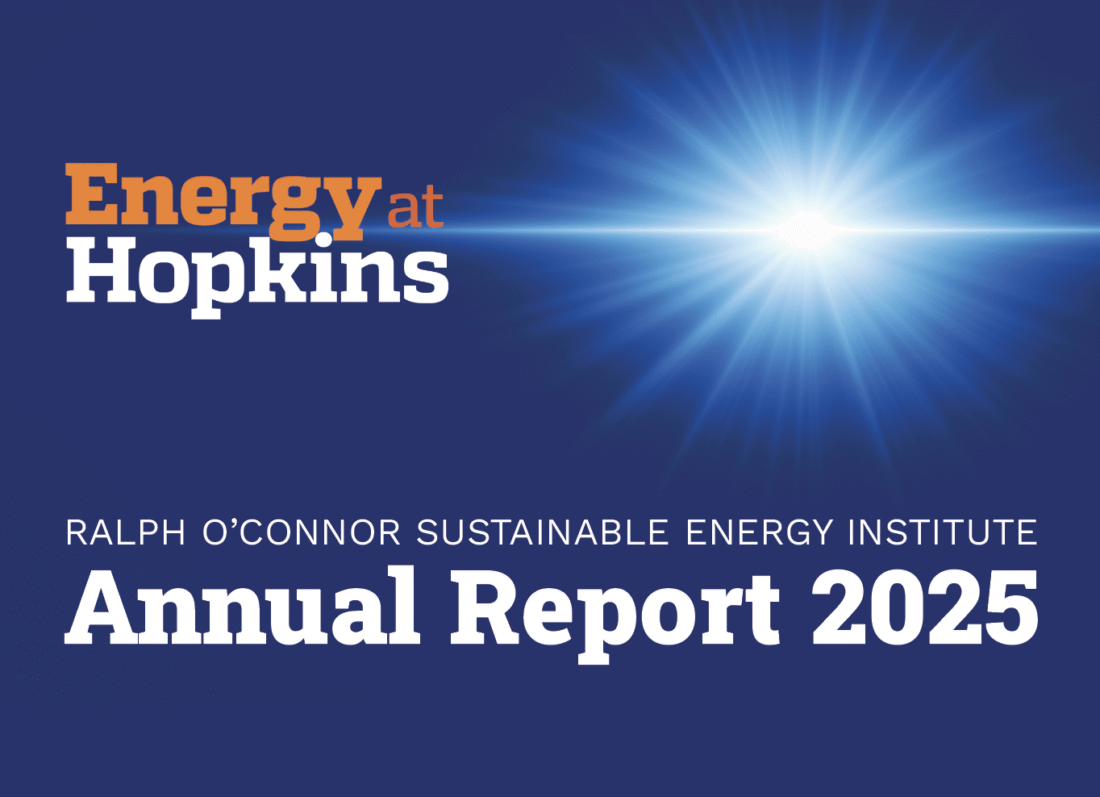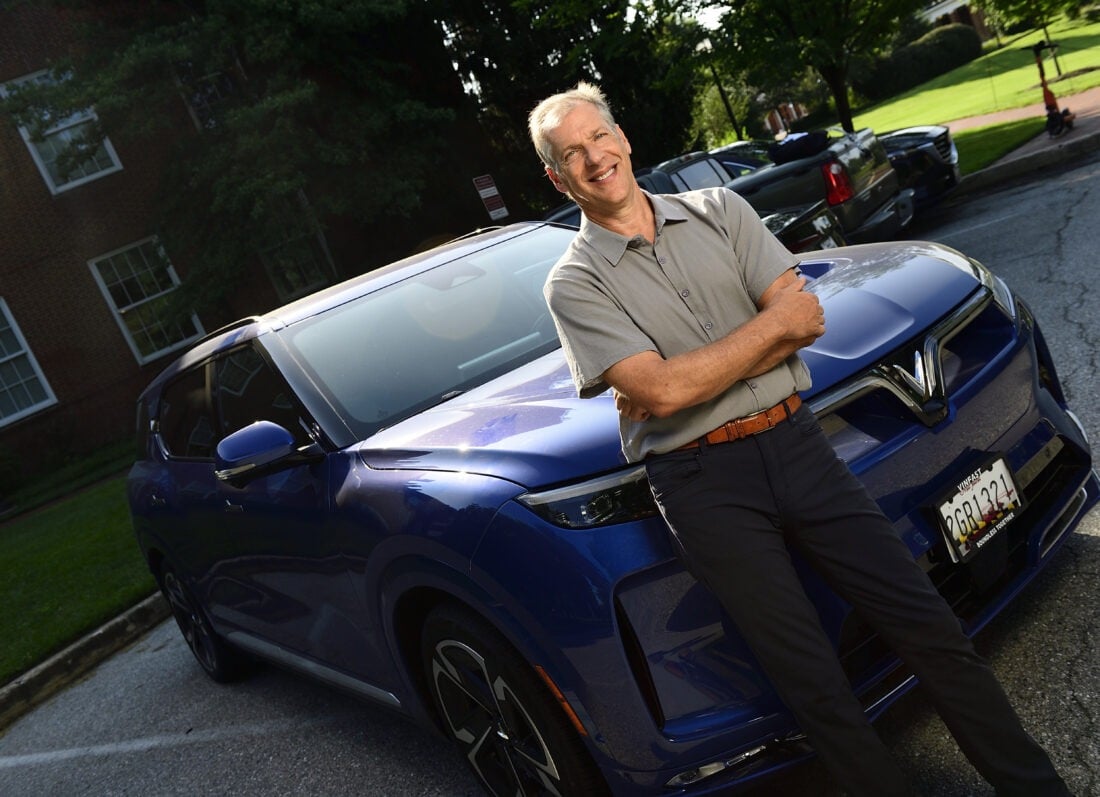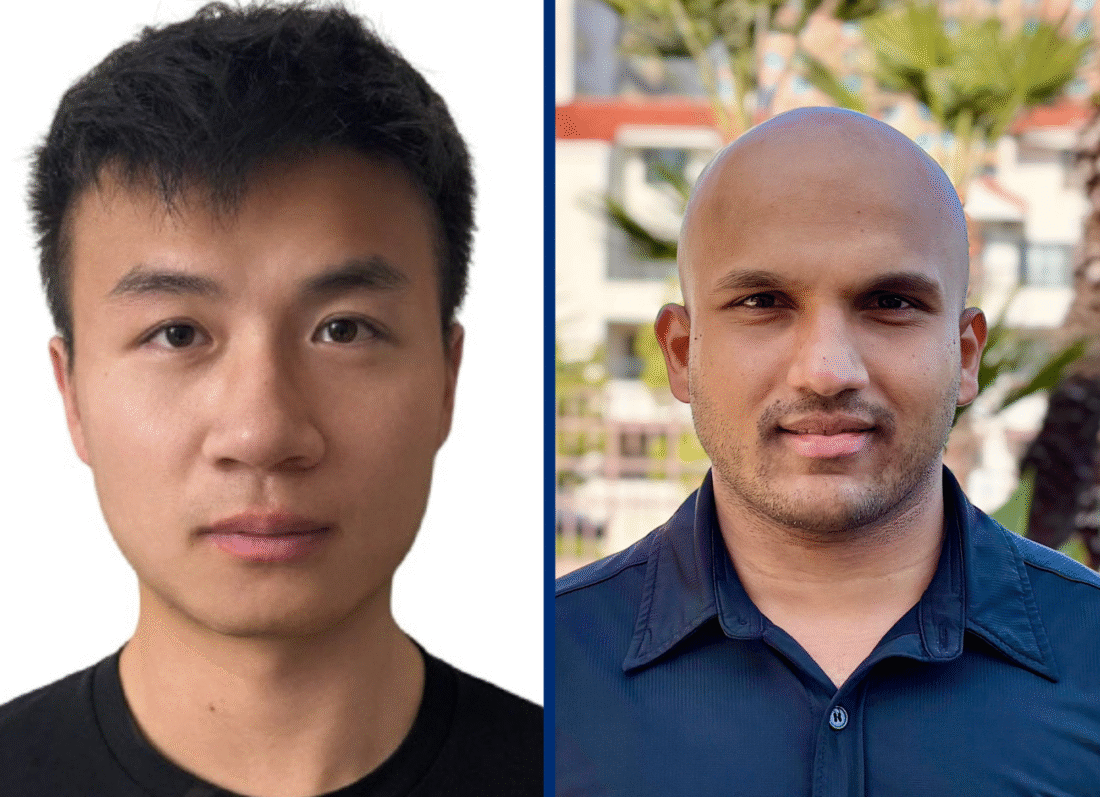Challenge and Opportunity in Storage
Sustainable energy storage is foundational to moving away from fossil fuels, but advances are needed in the efficiency, reliability, safety, sustainability, and scale of energy storage solutions. A particular focus is needed on multi-functional batteries that integrate and optimize storage with solar and wind generation, as well as carbon capture. The aim is for next generation storage solutions to provide safe, sustainable energy storage for all uses from personal, off-the-grid, to society-wide, grid-scale storage. ROSEI believes these solutions can be created in unusual forms that can also provide mechanical structure, and which utilize non-rare-earth minerals.
Featured Stories in Storage
A team of Hopkins researchers has created an automated platform that could speed up the search for better materials for
Read more
The process of testing new solar cell technologies has traditionally been slow and costly, requiring multiple steps. Led by a
Read more
MRS Bulletin recently featured a paper co-authored by Regina García-Méndez, an assistant professor of materials science and engineering and core
Read more
Researchers at Johns Hopkins’ Whiting School of Engineering (WSE) and the Johns Hopkins Applied Physics Laboratory (JHUAPL) are working to
Read more
An algorithm developed by an undergraduate student in the Whiting School of Engineering’s Department of Electrical and Computer Engineering (ECE)
Read more
This story was written by Wick Eisenberg, and originally appeared in The Hub. While solar energy is an asset in
Read more
Leadership in Storage
Participating Faculty in Storage


